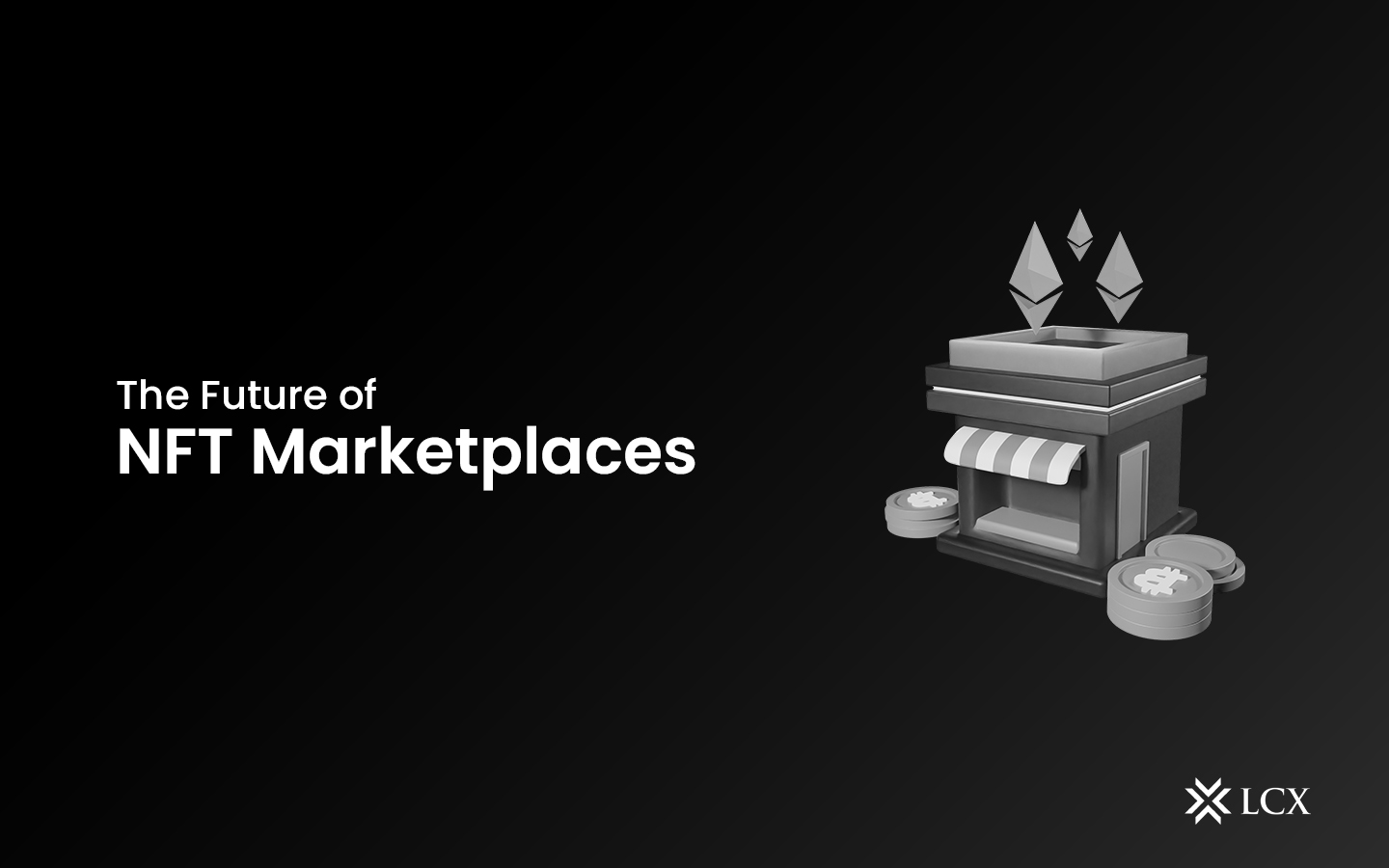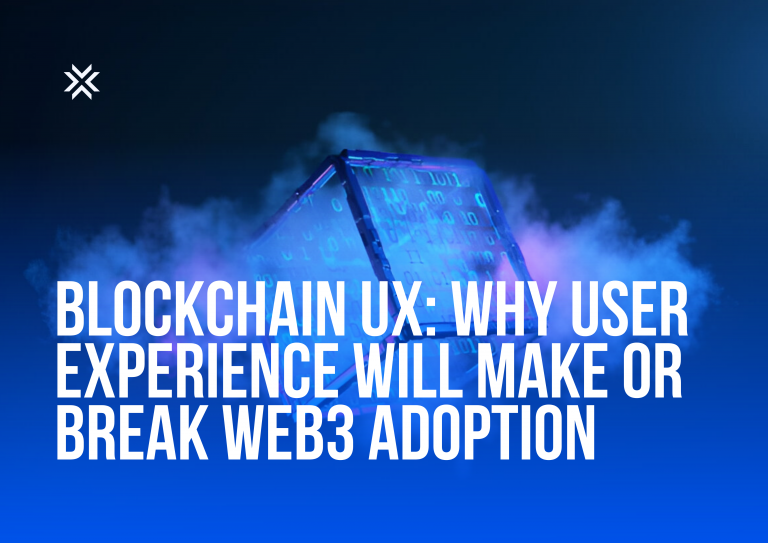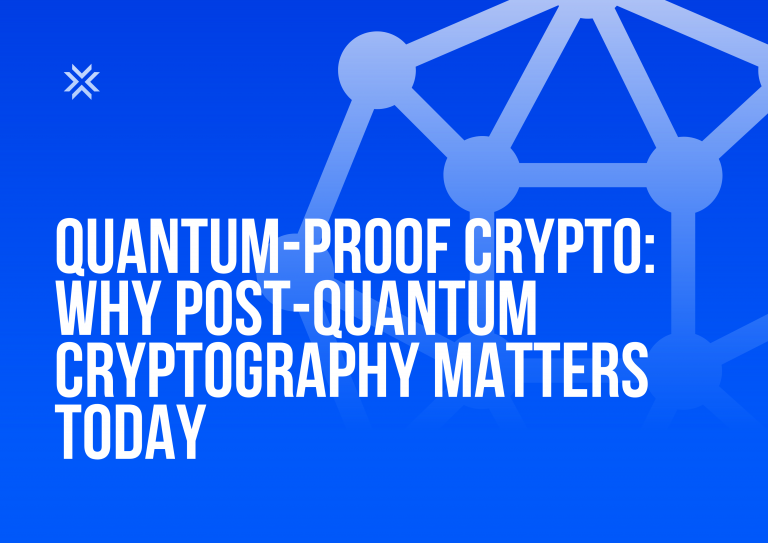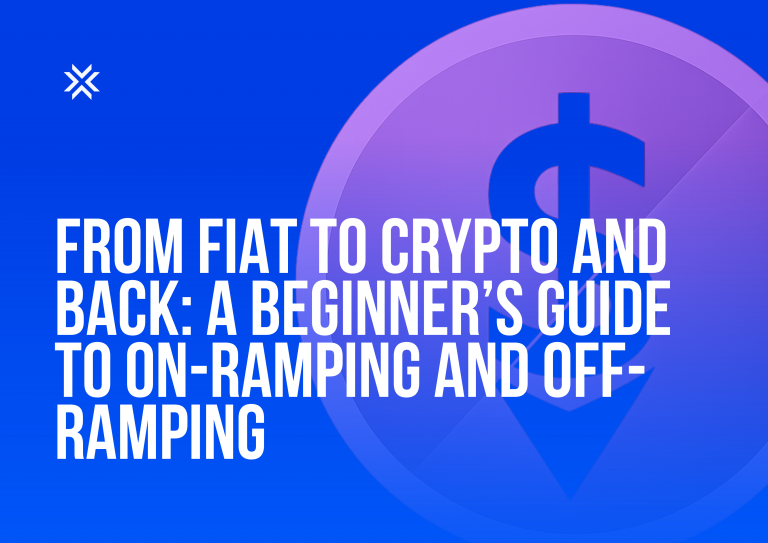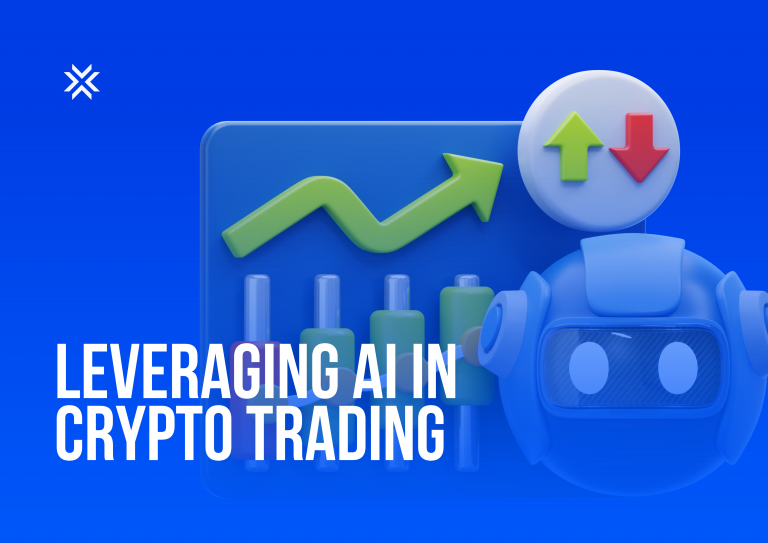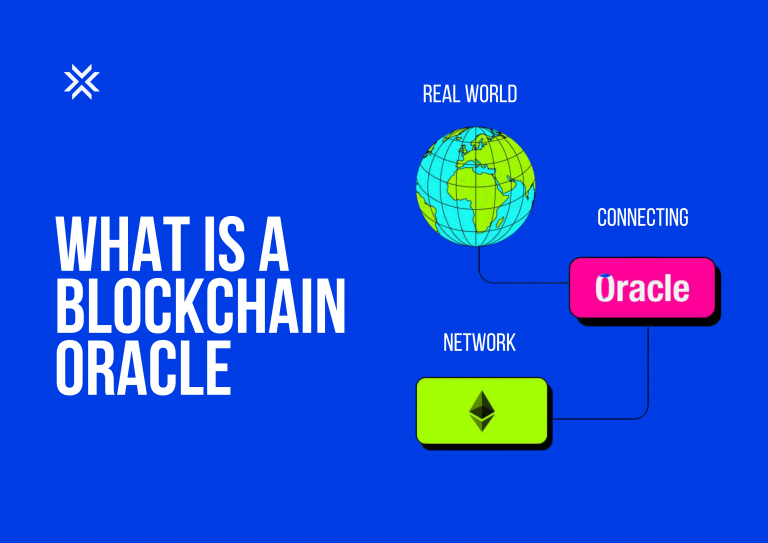The debate over NFT’s future has never been more pertinent than now. This is because people are doing everything they can to understand and navigate the bear market, as well as any reliable evidence about the position and perspective of the NFT space is priceless. NFT marketplaces are like a subset of the NFT ecosystem that navigate the whole accessibility of these digital assets to the real world.
NFT Marketplaces
An NFT marketplace is quite simple to understand. It connects those looking to buy NFTs with those looking to sell them. The NFT marketplace model, like the Internet, is currently in its infancy, similar to past days of Craigslist and eBay.
These first-generation distribution channels were primarily summing supply and demand, shifting the burden of vetting and finding what users wanted to buy to users.
Future of NFT Marketplaces
Using what we understand about marketplaces like Amazon, we can anticipate a more smooth user experience in which algorithms can direct you via your exploration process and provide recommendations based on preferences. Each time a user logs into the platform, the experience becomes more refined, personalized and intuitive, costing in every innovative piece of information about user behavior.
Consider platforms such as Airbnb, Instagram and Etsy. The experience is so immersive that you often forget you’re on a marketplace the moment you access the app or website. Product exploration and transaction are combined with engaging elements and storytelling to create an entirely new world for the end user.
For NFT marketplaces, the anticipation is the same. The greater the number of NFT products and use cases, the greater the requirement for a wide range of local experiences that link the dots for users. From style to metaverse to game resources, the NFT marketplace umbrella will continue to expand, allowing for more innovation.
The marketplace will evolve into much more than just a platform for users to skim through products. It will be a place for brands to share their story and start engaging and building their community.
Types Of NFT Marketplaces
- Community Marketplace: The goal of this move is to create a secure environment in which NFT project enthusiasts and community members can trade and browse their NFTs within the company’s ecosystem. The following are a few of the main advantages of this approach:
– Trading commissions are donated to the community/DAO wallet.
-The experience is more branded and customized.
-You are a member of an exclusive club of individuals who share your interests and passions.
-They are safer because you are purchasing directly from the source, eliminating the middleman.
Example of a community marketplace is Tiamonds marketplace which allows its customers to trade, buy and sell their Tiamonds on the same platform. This platform is built by LCX itself which is why it provides an exclusive experience to its consumers interested in getting their hands on some real-world diamonds in the form of NFTs.
- In-game marketplaces: These marketplaces operate using the same fundamentals and reasoning as community marketplaces, effectively building a microcosm within a game in which players can trade and sell NFTs. Its example is: The Axie Infinity marketplace
- Cross-chain marketplace: One of the most significant roadblocks during the initial generation of NFT marketplaces was the inability to sell/exchange assets from different chains. This has begun to change, and it’s going to be one of the first items to change in the future. Cross-chain marketplaces will make it possible for users to trade NFTs among different blockchains, this will be done through breaking up the silos.
Conclusion
The growth of NFTs in recent years has been huge, this is not just theoretical but there are big numbers to back it up. And this pattern is not going to slow down any time soon. NFT marketplaces will keep evolving, changing, and improving, but they will never go out of business. They check a number of boxes and are a tried-and-true mechanism that people would recognise and rely on.
